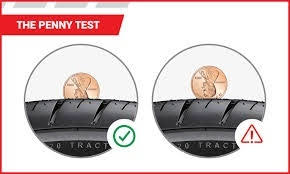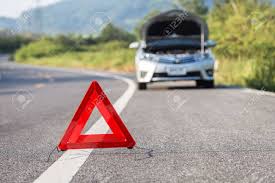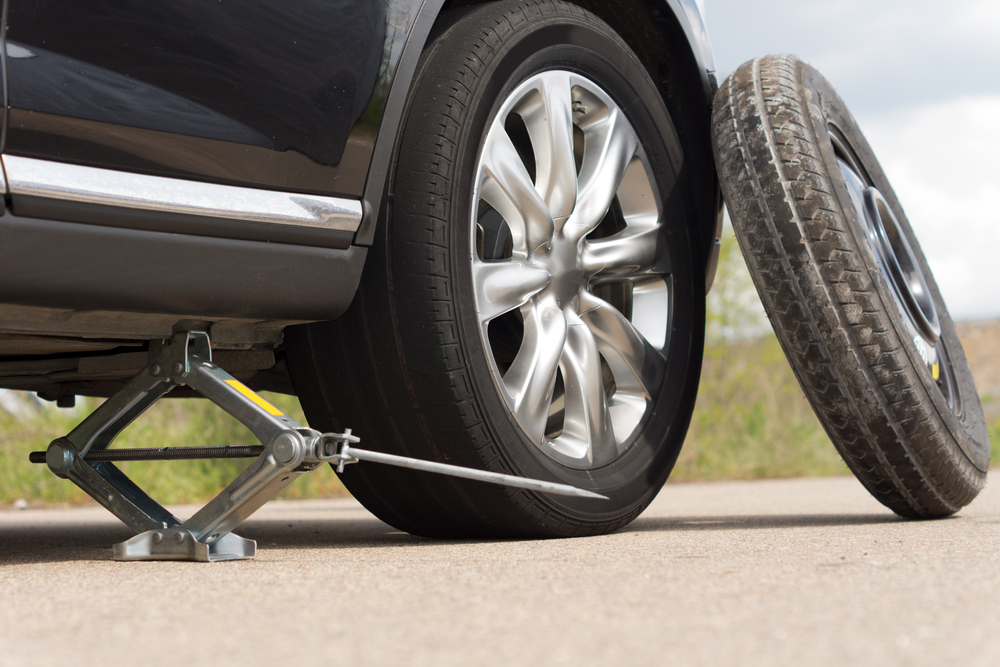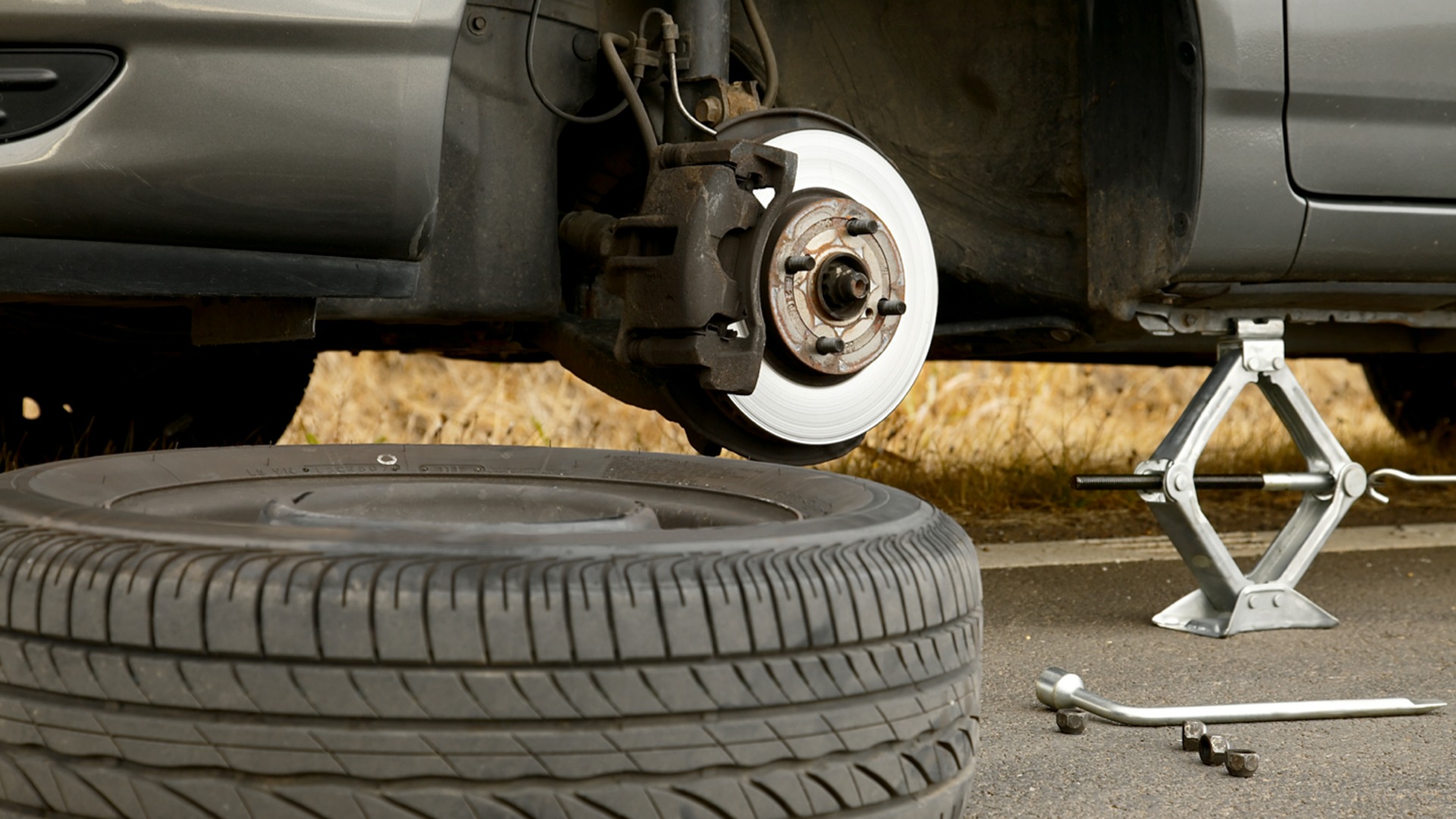If I ask any of the drivers about the worst nightmare regarding driving, most of them will come up mentioning the horrifying sound of a punctured tire. In short, nothing can go terrifying for a driver than a damaged tire. Well, not only for the drivers, I guess. None of us wants to experience this situation. Just imagine you are traveling with your family by your car to leave behind the monotonous regular life and in your way, you witness tire damage that demands a replacement. All your excitement will be ruined on an instance. And what about you are driving your girl away for a romantic long drive and the flat tire happens. There are full chances to lose her fascination with him.

Flat tires or tire damage will make you wait in the middle of the road, which will make you late for an important conference. Moreover, not all the time you will get a mechanic or helping hand to rescue you. So, it would be quite a wise decision for you to learn how you can change the tire on your own. Follow the rest of the article and you will learn the ABCs of changing the tire along with some bonus tips as well.
When Should I Replace The Tire: Let’s Spill The Beans
A healthy tire is a must for your personal safety along with your vehicle’s safety. But Most of us don’t know actually when one should replace the tire. Tire expiration depends on some aspects, as in climate, road quality, driver, tire material and so on. But the most important factor is time. Yes, on an average basis tire duration is maximum 5 Years. When you pass the time, be attentive to your tire and check it more often. Put a glance over the discussed points below to get a clear concept of when you should actually consider changing a tire:
Side Wall Observation:
- The sidewall of the tires can let you know the condition of the tires. Bump or bubbles on the sidewall specifies the injured or damaged state of the internal frame of the tires. The internal frames are basically rigid in nature. But the crack in the rigid wall lets the air pressure to come in touch with the rigid outer layers. A tire with a sidewall bulge is quite dangerous as the rigidness or flexibility of the tires gets reduced and can cause speed failure. And none of us are unaware of the consequences of speed failure. In a nutshell, a bulge or bump sidewall is the sign of getting your tires hanged.
1.6 mm Down:
- Look closely if your tires are worn. Tires with treads that are around 1.6mm down are out of use. So, if you witness the tire tread to be 1.6 mm down, you will have to change it for better safety.
Penny Test:
- The penny trial is quite a stud test which is extremely reliable to determine whether you should change the tire or not.
 The test needs no doubt a penny. Place the penny in the thickest part of the tire. If you see the 1/ 4 portion of the penny goes down into the tread, you may have to change the tire immediately. If you see the penny to go down of its half portion, you must search for some good tires on the online pages or you can just plan to go shopping. If the coin goes down less than 3/ 4 portion, be sure that the tire is healthy and you can make it useful for a long. Remember one thing while doing this penny trial thing, the rigidness of the tire actually reflects its health.
The test needs no doubt a penny. Place the penny in the thickest part of the tire. If you see the 1/ 4 portion of the penny goes down into the tread, you may have to change the tire immediately. If you see the penny to go down of its half portion, you must search for some good tires on the online pages or you can just plan to go shopping. If the coin goes down less than 3/ 4 portion, be sure that the tire is healthy and you can make it useful for a long. Remember one thing while doing this penny trial thing, the rigidness of the tire actually reflects its health.
Tread Pattern:
- The tread pattern matters a loss in determining whether the tire is to be changed or not. Examine the tread pattern attentively. The usual treads have tiny bridges between the outer walls. The bars or bridges are notched on tread When your tires are worn out, the bars get leveled or become even to the tread wall. If you witness this type of deforming, you must replace the tire at once.
Rubber Inspection:
- Check out the rubber of the tires. Sometimes the rubber gets decayed and makes the tread set apart from the steel structure of the body. It is, on one hand, a sign of changing your tire and on another hand, it is quite dangerous as well. So, whenever you witness such corrosion on the rubber, immediately change the tire.
Flat Tire:
- A driver is a person who can easily get the symptoms of flat tires. The most prominent symptom of a flat tire is the vibration in the steering wheel. And none but the driver can feel it first. Steering vibration indicates the uneven wornness of your tire. So, while driving always keep your sense open about the steering wheel vibration. If it occurs frequently, you better change the tires.
Finally Use Tool:
- If you are in any confession whether you should change the tire or not, you can simply use a gauge (a tool that indicates tire problems) or any tread depth indicating tool. Thus you will get it clear. You can always find such tools in any of the shops or also online.
Brace Yourself and Be Prepared
Preparation is a must when you are up to changing a car tire. Some precautions are to be taken regarding both the car and your own self. So, when it comes to taking pre-steps; pre-steps should be taken based on two aspects and they are:
- The Driver
- The Car
A driver must be prepared for changing the tires. Along with the mental preparation things he must consider is the place he chooses for changing a tire. Before you start, just park your car to a less crowded place where neither the traffic nor you get disturbed. Tire changing is not in any sense an easy task. So, you have to make sure that you get out of any sort of outer disturbance.
Regarding the car, the basic thing to be ensured is to stop it from rolling. Once you lift the car, a simple movement like rolling can cause a devastating accident. So, at any cost, you have to stop rolling. If your car has a standard transmission feature, you may put on the parking brake and set it to the Park position. And then use wheeling wedges to block the wheel to roll. Before using the wheeling wedges make sure you get out of the car.
Necessary Tools to Change Tire:
Tools are the most important weapons to change the tires appropriately. Most of the cars come with the essential tools that are needed for tire changing but you may need some additional tools as well. You can easily find them at any car parts shop. Take a look at the stated details on necessary tools of tire changing:
Obligatory Tools:
-
- Spare Tire
- lug wrench along with a socket on one end and a pry bar on the other
- Jack
The first and foremost thing that is needed to change a tire is a spare tire. Most of the cars come with a spare tire. A spare tire can be a full-size tire or a temporary tire. A full-size tire too heavy and very tough to fit in the car as it occupies a large space. On the contrary, the temporary tire is small in size and takes less space in the cars. It has less weight as well. But the full-size tire is the safest one and gives you full liberty to achieve any speed but the temporary tire is not fully the same and it limits the speed.
A lug wrench is basically a massive socket wrench. It fits in the lug nuts of the car wheel. The main key feature of the wrench is its handle. The longer the handle will be, the more force you will be able to exert.
A jack is a tool that lifts the car up to change the tire. It has loads of verities as in bottle jacks, scissor jacks, bumper jacks, and bottle jacks. A bottle jack uses hydraulic fluid thus it is very powerful but somehow it has less compact. And a scissor jack is very common. It uses a mechanical scissor as its mechanism to keep the car up.
Additional Tools:
Tire blocks : Guard further and stops the car from rolling
Flashlight : To prevent low light
Wheel lock : keeps thieves away from stealing wheels
Torque wrench : To get specific torque if needed.
Extension bars : To lower the spare tire
Surgical gloves : To maintain hands hygiene
Tire pressure gauge : To check the pressure of the spare tire
Alignment studs : To maintain the mounting surface
Plastic rain poncho :To keep the rain off
Road flares : To let other motorists see you
How to Change a Tire: May Not Be a Rocket Science but a Car Science Indeed
One must learn to change the tire as sometimes in an emergency it can be lifesaving. Not in every place, a mechanic is available to help you out by providing service. So, it is always better to be prepared. Follow the steps stated below to know how to change a tire:
Step 1 # Choose your tire changing spot carefully

The best place to change the tires on your car is solid and flat soil. Leveled or flat soil prevents the car from rolling and gives you a better grip. Try to avoid soft soil or mountain area to change the tire. Always park your car as far as possible from the traffic. Don’t forget to put on the hazard light.
Once you find the perfect place, start doing the following things:
- Apply the parking brake and put the car in “Park” position: If your car has a standard transmission feature just put the car into the parking
- Remove the wheel cap of the tire: Remove the wheel cap of the tire carefully.
Step 2 # Loosen the tire’s lug nuts diagonally.

Use the impact wrench that comes to your car to loosen the lug nuts. Choose the best-suited size of the nuts. Remember one thing loosening the nuts demand a great physical force. So, put all your weight to loosen the nuts. You can also buy a standard cross wrench.
Step 3 # Raise the car with the jack for easy dismantling of the tire.

To replace or to remove the tire, your car needs to lift up enough. Choose a jack (keep a small jack with you to support your normal jack) and your car up enough and make sure that the car is stable. Any sort of instability should not be ignored. If you find the car is not totally stable, lower the car at once. Look for the problem, solve it, and then lift it again.
Remember one thing, if the car leans or lifts any angle, you will have to lower down the jack at once. At any cost, it has to be super stable.
Step 4 # Take off the tire and replace it with the spare

Take off the tire carefully and don’t forget to examine the jack. Place the old wheel under your vehicle. It will keep you safe from jack failure.
Now set the tire on the hub and put the nuts on. While putting the nuts be sure of facing the tapered side of the nut to the wheel. Don’t place the spare tire backward.
Step 5 # Lower the car back down to the ground
Now lower the car down carefully but don’t put the weight on the tire fully.
Step 6 # Tighten lug nuts on the new tire

Put as much pressure as possible to tighten the nuts with a wrench. A torque wrench is quite convenient for this task as it does not upset the jack.
Step 7 # Put away all tools and stow the tire
Now lower the car carefully with the jack. Once you have lowered the car, gather all the tools together and store them in the car. Put away the spare tire.
Now you are all set to change your car’s tire all by yourself. Fix your tire all by your own, say goodbye to the expensive mechanics.
